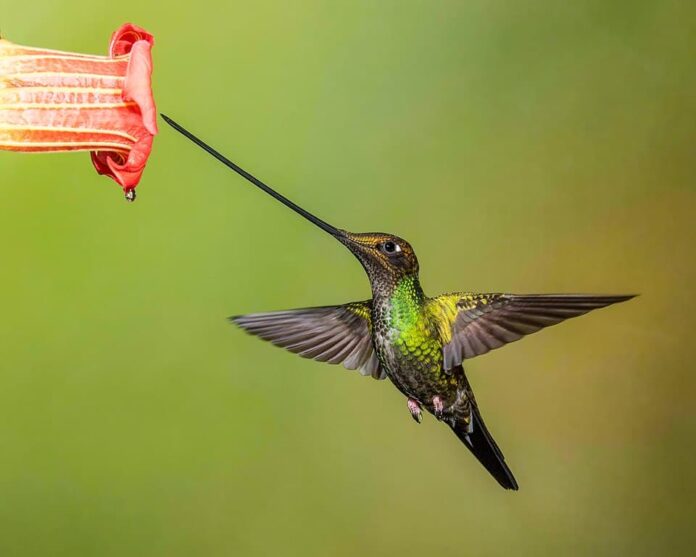Birds are beautiful in their own way, but the birds with long bills are totally out of this world. We have seen birds with beautiful or unique colors before, but the ones with long beaks are totally different. That is why we are here today to see the beauty of long-bills birds today. Some of them are so small but their bills are super long and slender which is simply cute. Let’s find out together and see which one you think is the most beautiful.
1American Avocet
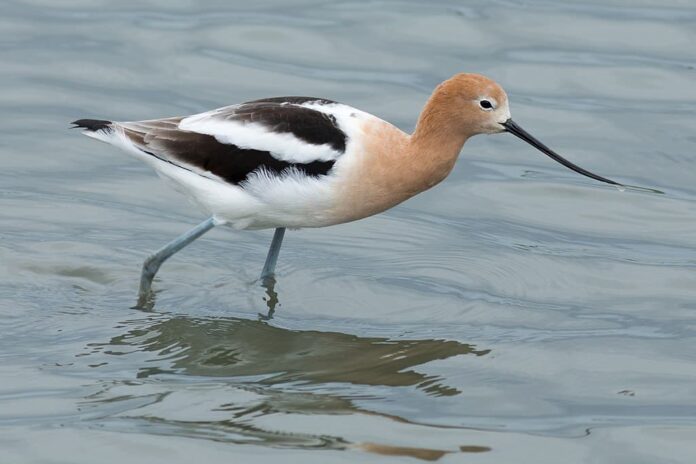
Not known by so many, the American avocets are also one of the birds with long bills. It is a large shorebird with a striking black and white pattern on the back along with a long, thin, and upwardly curved bill. The bill is so long it surpasses twice the length of the bird’s small, rounded head. This unique bird forage by sweeping its long bills from side to side as they search for insects and small crustaceans. During the breeding season, their nesting takes place near water, usually on small islands or mucky shorelines to avoid predators. The chicks of this species leave the nest within 24 hours of hatching. A day-old avocet can walk, swim, feed, and even dive to escape predators.
2American White Pelican
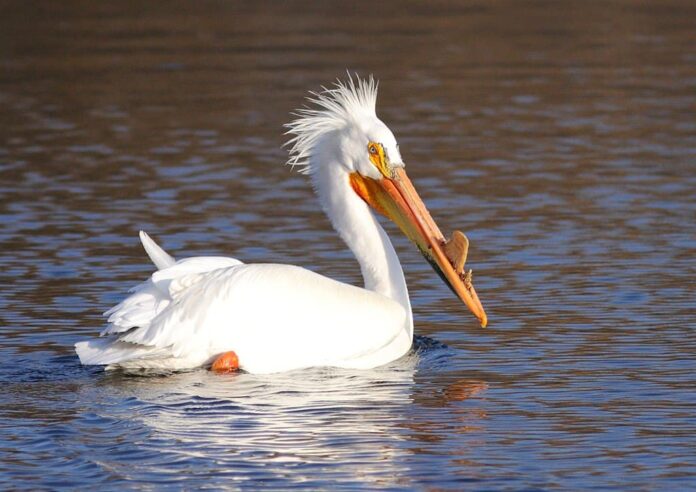
This pelican species is a huge waterbird with very broad wings, and of course, long massive bills. The American white pelicans use their beaks to dip into the water to catch fish and other aquatic organisms. When dipping in the water, they use their pouched bills to scoop up fish. These waterbirds are very social and they normally hunt in groups called “pods” in which they migrate every year.
Pelicans are strong swimmers, and this skill allows them to hunt fish without a problem and without a need to dive. The American white pelicans are serially monogamous, and they form pairs for one breeding season. Despite the fact that they travel and hunt in groups, their eggs still have predators such as foxes, coyotes, and other birds. When that happens, the parents will try to fight them off with their bills. However, they are often injured or killed in the process.
3Black Skimmer
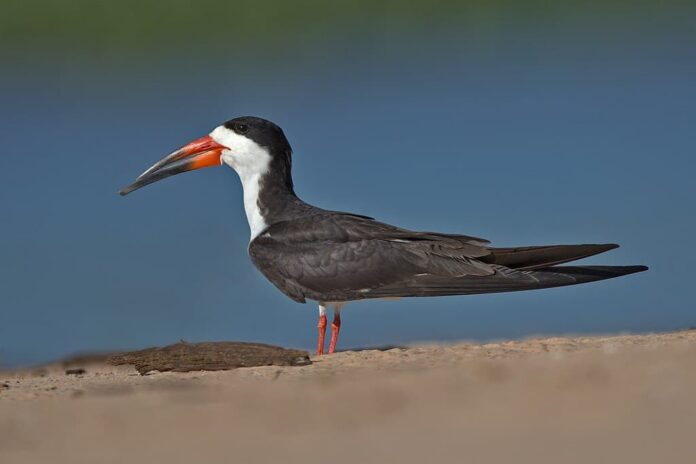
We have seen birds with different bill appearances, but this one here is totally unique. The length of the upper and lower bills of the black skimmer is not even, creating a weird look to the bird. Actually, the upper and lower of a young black skimmer are equal in length at hatching. But by fledging at 4 weeks, the lower mandible starts to grow longer than the upper. Their bill has the color black and red with beautiful blending. They feed by opening the bill and dropping the long, narrow lower mandible in the water to whip the fish out of the water. Another unique thing about them is that they feed essentially by touch, so they can even forage at night. You can find them on coastal beaches and islands oceans or the gulf of Mexico.
4Ibis
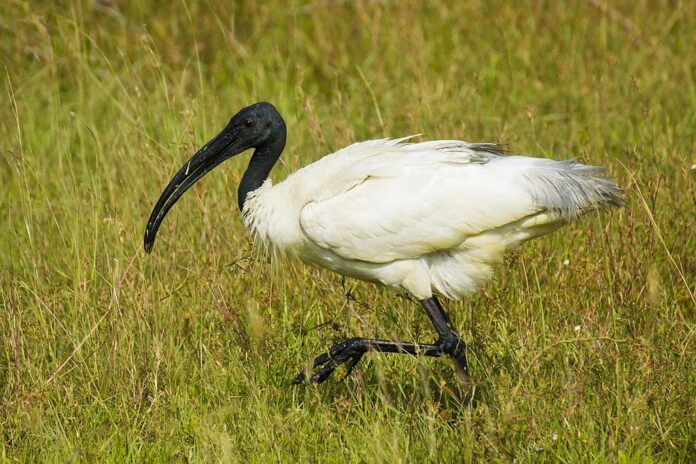
All ibis species have long and down-curved bills that they use to forage for aquatic invertebrates, crustaceans, small reptiles, and amphibians. Normally, ibises gather in groups in shallow wetlands, forests, plains, and estuaries. These birds are monogamous and highly territorial especially when nesting and feeding. Ibises nest in trees, and the males guard the nest and their females to prevent other birds from bothering them. Because they live in areas with trees, the main threats to their population are deforestation, climate change, and poaching.
5Long Billed Curlew
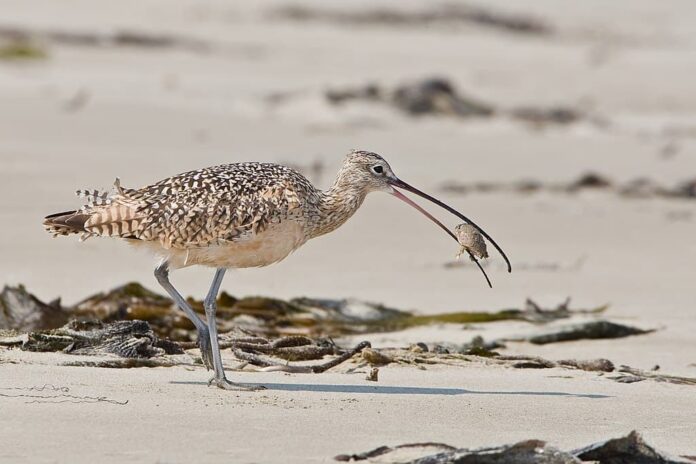
It is not every day that you see a bird with bills this long, and that is why this one is amazing. This is a graceful bird that is gifted with a long, thin, and curved bill that makes it super attractive to look at. You can find them in many habitats including wetlands, tidal estuaries, mudflats, flood fields, and even beaches. The long-billed curlew forages for earthworms and other deep-burrowing prey such as shrimp and crabs in soft muddy substrates. With the help of its long curved bill, they can dig and feed on their common prey very easily. These birds are solitary, but they often forage for food in pairs or groups during the breeding season. The interesting thing about them is that they are monogamous, and they breed with the same mate year after year.
6Long-Billed Dowitcher
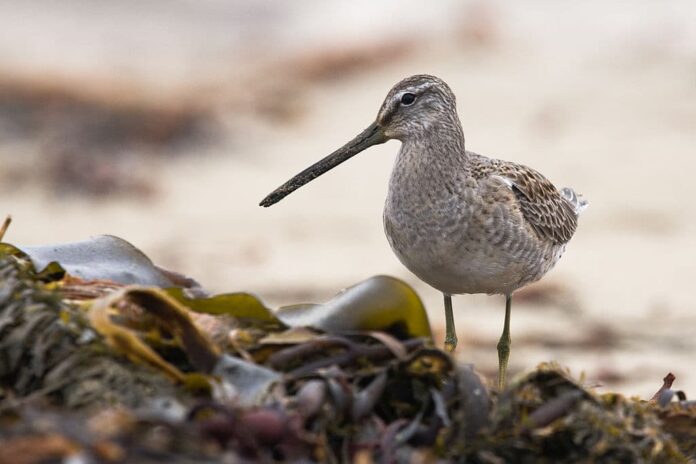
This is the face of a shorebird that has a long bill, relatively long legs, and a short tail which is somehow very interesting. The bird uses its bill to plunge deep into wet mud or sand about 3 inches deep to find aquatic invertebrates. The tip of their bills has many tactile receptors called Herbst corpuscles that allow them to locate prey by touch. Plus, they have excellent night vision which is a total bonus that allows them to feed at night. The long-billed dowitchers breed in wet sedge meadows with small ponds in tundra lowlands and foothills. During the breeding season, both parents share the incubation of the eggs but the males will take care of the young when they hatch.
7Roseate Spoonbill
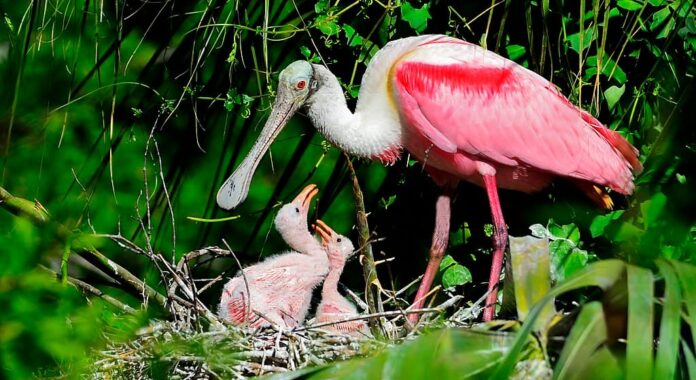
Having both weird and long bills, the roseate spoonbill is definitely one unique bird. They are waterbirds with long legs and a flattened bill that looks like a spoon. Plus with their pale pink coloration, the roseate spoonbill is one fascinating bird to study about. Just like flamingos, this one also gets its pink color from the crustaceans that they feed on as well. When feeding, they open their bills through the water and snap them shut when a prey item comes between the mandibles.
In case you wonder, roseate spoonbill chicks don’t have that shape of the bill immediately after hatching. The bill starts to flatten when they are 9 days old, and the bill goes full size by day 39. You can find them in shallows of fresh, brackish, and marine waters including bays, mangroves, forested swamps, and wetlands. Usually, they nest and roost in trees as well as shrubs along the water’s edge. Roseate spoonbills are highly social, and they feed with each other and with other wading birds.
8Scythebill
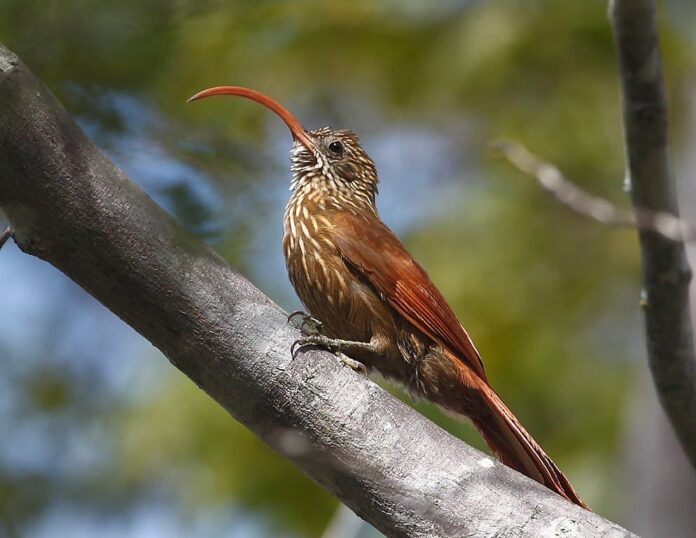
Also known as Sabrebill or Sicklebill, the Scythebill is a unique bird with a long down-curved bill that takes up one-third of the bird’s total length. Scythebill is a fairly large species of woodcreeper, and they pick insects and other invertebrates out of the tree trunks and branches. This bird species is often solitary when not mating, but they often join mixed-species flocks. During the breeding season, the females lay 2 to 3 eggs in an abandoned woodpecker hole or another tree cavity. Then both parents participate in incubating eggs and feeding their nestlings. Their natural habitats are subtropical or tropical dry forests, moist lowland forests, and moist montane forests.
9Sword-Billed Hummingbird
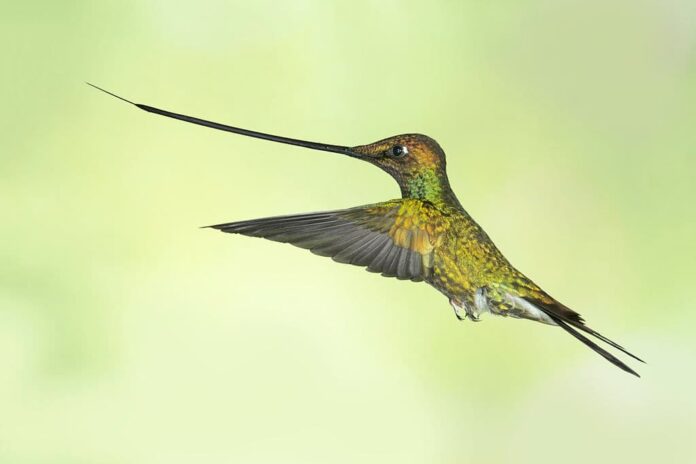
Mostly found in Latin America, this is the only bird with a beak longer than its body. And you would look at how beautiful this hummingbird is. The beak is black in color, and it curves slightly upwards. Such adaptation allows the hummingbird to easily feed on flowers with long corollas. When feeding, their unusually long tongue extends beyond the bill and contracts about 13 times per second to lap up nectar. With such a long bill, the bird cannot preen itself with the bill at all. That is why the sword-billed hummingbirds groom their feathers with their feet instead. You can find them in tropical montane cloud forests of Bolivia, Colombia, Ecuador, Peru, and Venezuela.
Related Post: Beautiful Birds With Crowns

